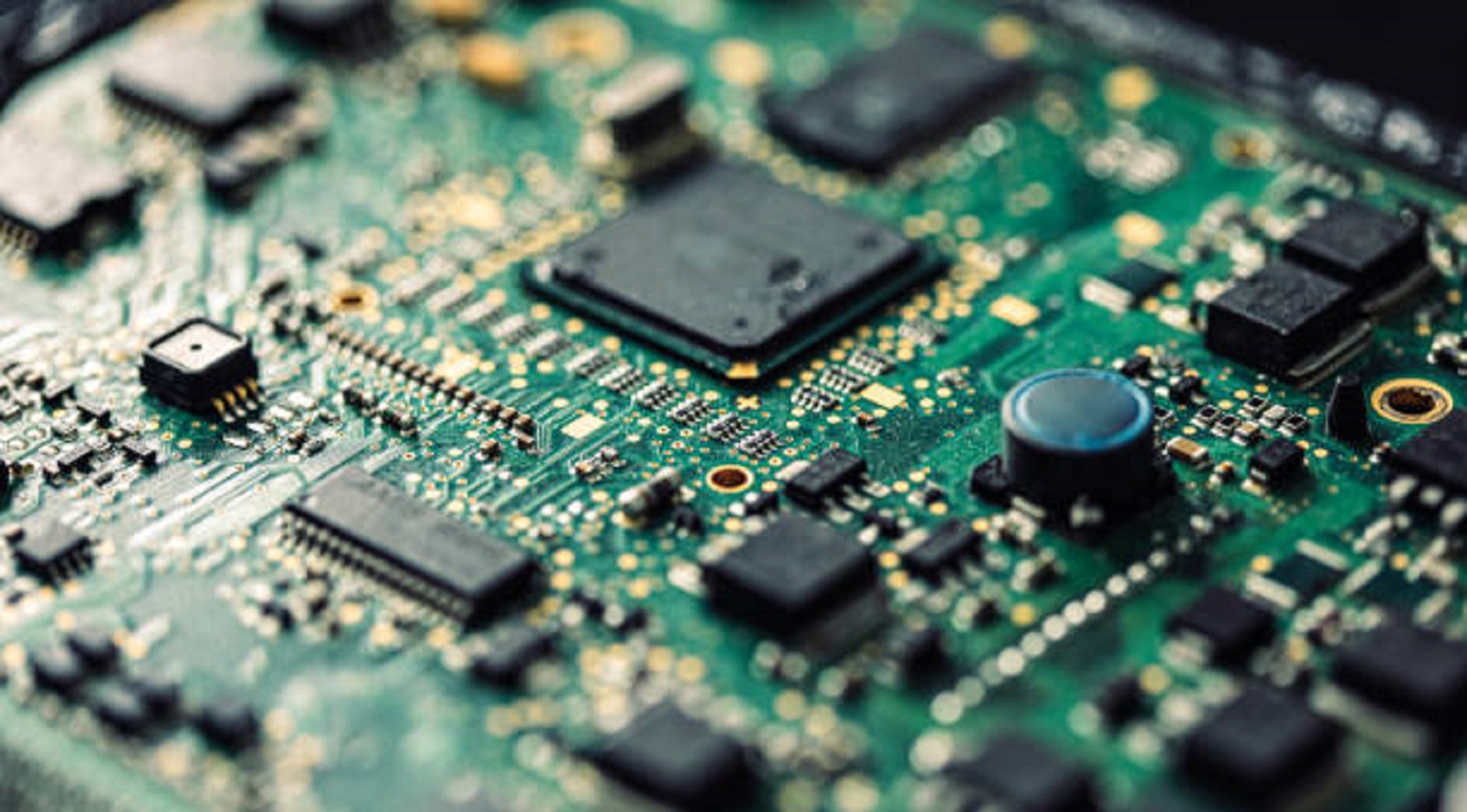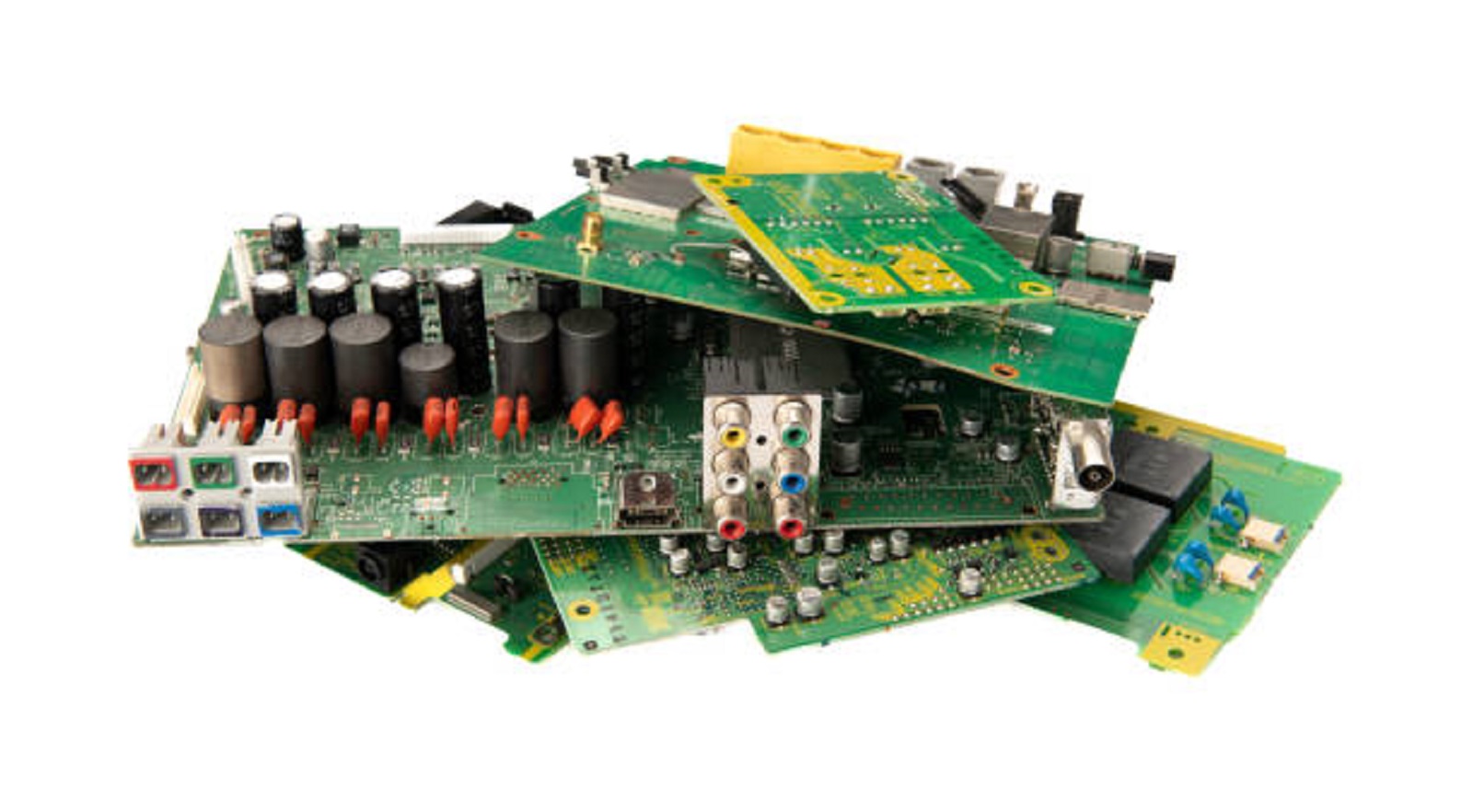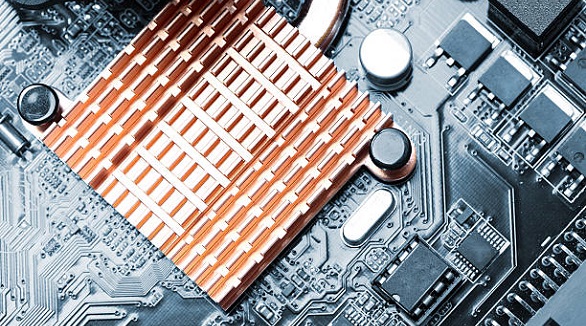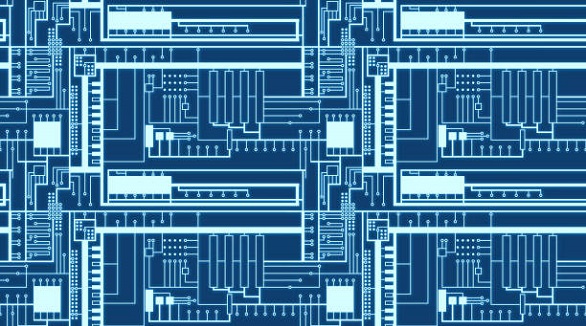PCB Materials
In the fast-evolving electronics field, PCB performance hinges on dielectric material selection, crucial for signal integrity, thermal management, and reliability.
In the fast-developing field of electronics, Printed Circuit Boards happen to be in almost every core of a gadget. Selection, especially with regard to mechanical and electrical properties lying in the use of dielectric material, greatly defines performance and reliability. With technology surging forward, innovative features such as blind and buried vias, multilayer HDI stack-ups, and escalating high-frequency signals are all becoming the norm. Making an informed decision about dielectric materials is crucial. This article describes the most important aspects and considerations for selecting the right PCB materials and how they affect what your electronic device can do.
Most of the performance and the life span of a PCB depend upon the materials used for its dielectric. Their properties affect signal integrity, heat dissipation, mechanical stability, and overall board reliability. The growing complexity of designs, with demands for ever-higher performance, makes selecting the right dielectric materials a cornerstone in ensuring your PCB can meet and exceed operational requirements.

Base Material Composition
The base of every PCB is a substrate, normally made of an insulating material combined with layers of conductive copper. The substrate provides physical support, while the copper forms conductive pathways that connect different components. The choice of substrate material largely determines the board's mechanical and electrical properties.
FR-4: The most common of all materials applied to PCBs are FR-4 due to its excellent cost-performance-durability balance. It's made from composites like woven fiberglass with an epoxy resin binder and is flame-resistant-hence the "FR". With such high dielectric strength and mechanical stability, it is good to apply for a wide area.
Polyimide: It is also known for its flexibility and is one of the most used materials in flexible and rigid-flex PCBs. With superior thermal stability, it is perfect for applications that need strong environmental resistance, like aerospace and military uses.
Metal-core PCBs: These are preferred for applications that require high dissipation of heat. Normally, metal-core PCBs are made with either aluminum or copper cores. These materials are very good for LED technology and high-power devices since they efficiently transfer heat away from critical components.
Teflon (PTFE): Polytetrafluoroethylene, popularly known as Teflon, is used for radio frequency applications because of the low dielectric constant and loss factor. It is more expensive than FR-4 but essential for RF and microwave circuits.
CEM-1 and CEM-3: Composite Epoxy Materials represent a similar class to FR-4 but are less common, yet still in reasonably widespread use due to lower cost for CEM-1 has a single layer of woven fiberglass, while CEM-3 has a more balanced, woven-glass epoxy surface, which retains something from the qualities of FR-4. Applications involve low cost and low-density usages.
Key Material Characteristics
A number of key properties are considered for optimization in performance, targeting applications. These include:
Tg and Td Values: Tg is the glass transition temperature, which is a critical metric showing the temperature at which the base material will start transitioning from a rigid to a more flexible state. Specifying an appropriate Tg is necessary for PCBs operating in thermally demanding environments. Common Tg values vary between 130 and 170 degrees centigrade. The next important parameter is the decomposition temperature, or Td, that gives the thermal point at which material integrity starts to degrade. These temperatures therefore explain or are part of material selection to remain stable under thermal stresses.
Dielectric Constant: This is a measure of the ability of the material to store electrical energy in an electric field. In most occasions, a lower value is preferred in high speed and high frequency applications because this reduces signal loss and helps with impedance control. The controlled impedance trace designs call for a low value, specifically, to ensure signal integrity within the PCB.
Comparative Tracking Index (CTI): The CTI is a measure of the material resistant to electrical breakdown and tracking. It is measured by scoring in volts, which is very important for high-voltage applications because the degradation of insulating properties can lead to short circuits. The higher the CTI, the better the breakdown resistance, which is critical for boards that may be subjected to surging voltages.
Material Manufacturers and Regional Considerations
The choice of material manufacturers, such as DuPont, Isola, or Shengyi, is not only a matter of the properties of the materials themselves but also one of regional manufacturing and logistical considerations. Western manufacturers may choose to use high-tech prototype PCBs, while volume production is often outsourced to regions such as China, where material availability and lead times can greatly affect project turnaround. In order not to delay planning a volume production, it is better that materials be specified which are compatible with local suppliers.
Practical Example: Mid-Tg Material Selection The ability to know how to apply knowledge of material properties is key, especially when considering more advanced requirements such as high-layer count boards with Mid-Tg materials (150°C < Tg < 170°C). Mid-Tg materials represent a cost/ performance tradeoff ideal for lead-free applications. They have better thermal performance than the lower Tg materials and at a lower cost than high-Tg materials.
Suppliers like SY, EMC, ITEQ, and Panasonic have mid-Tg options like S1000H and IT-158, which offer good reliability after several lamination cycles. Where applications call for halogen-free materials, R-1566(WN) and EM-370(5) offer excellent thermal management, with the capability of handling HDI applications in harsher environments.
Three Key Considerations
There are three key things to think about when choosing a PCB material to make it easier to get your boards built and to achieve optimal performance:
Construction Requirements: Look into your design's particular construction requirements, such as the number of layers and thermal requirements. Consider whether or not your applications require high reliability and resistance to environmental concerns, which may dictate selecting a certain material.
UL Approval: Make sure the selected materials and manufacturing facilities adhere to UL (Underwriters Laboratories) for standards in safety and reliability. This is crucial for ensuring products that serve a global market have consistency in terms of quality and safety.
Lead Time and Material Availability: Remember that uniquely specified materials may result in long lead times if they are not immediately available from regional suppliers. Working with a knowledgeable PCB manufacturer who has experience in regional supply chains can quickly overcome these issues and avoid delays in production.

Material selection for your PCB involves a complex and multifaceted process that will carefully consider all aspects of electrical, thermal, and mechanical properties, along with logistical ones. As design demands go up, and technologies progress, the materials you will specify today often have the biggest impact on the performance of tomorrow.
At PCBX, we are aware of the challenges presented by material selection and are committed to expertly and precisely guiding customers through these decisions. From complicated prototypes to volume production, our team will be with you all through the way to make your PCBs deliver unparalleled performance and reliability. If you would like to know more about how we can tailor a service package for your specific material needs and also help you avoid setbacks that hurt your production efficiency, please feel free to get in touch with us. Success for you is success for us, and we're here to make sure your PCBs perform as required in an ever-demanding industrial landscape.
Hot Tags:
Contact us

If you can't find what you're looking for, please contact us.
Article

Aluminum PCBs offer cost-effective thermal management for moderate applications, while copper PCBs excel in high-performance electrical and thermal tasks.

PCB plates enhance electronic devices' structure and function, crucial in keyboards for stability and connectivity. Materials and designs aid efficient decisions.

Select aluminum PCBs for excellent heat management or FR4 PCBs for cost-effective versatility in diverse electronic applications.
